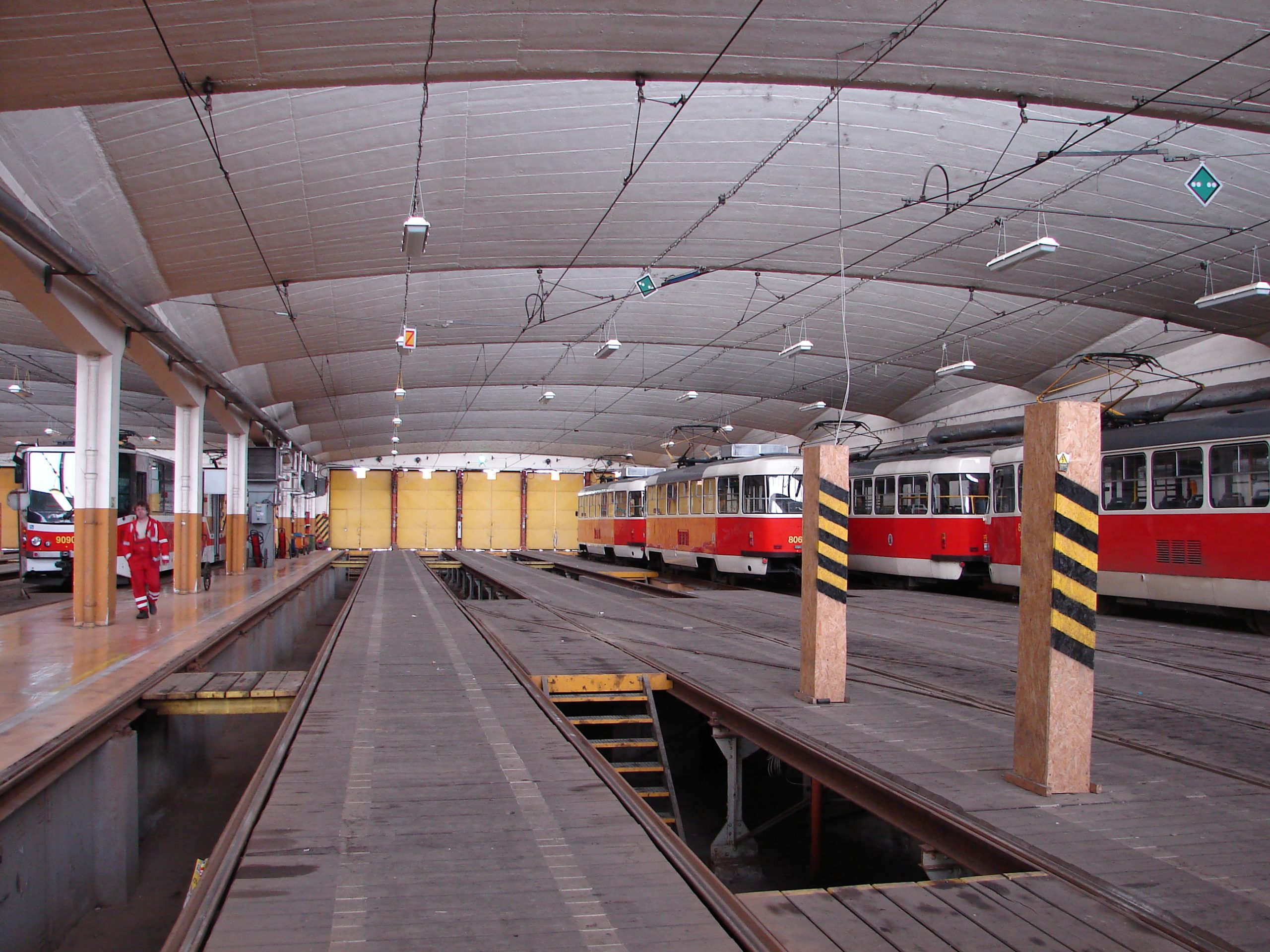Cooperation
As an independent research institute of the CTU, the Klokner Institute establishes cooperation with companies both in the Czech Republic and abroad. Such cooperation basically involves qualitative and quantitative research on the reliability of structures, monitoring of the behavior of buildings, and the associated processing of expert opinions on the safety of materials and structures.
PALAC KNIH HOUSING RAMADA HOTEL AND NEOLUXOR BOOKSTORE
- Implementation: 2017
- Client: DaM, spol. s r.o.
For the purpose of the replacement of the stone facade cladding and reconstruction of the facade of the Ramada Hotel and Neoluxor building, a structural and technical survey was carried out, including a visual inspection of the facade, determination of the structural design and shape of the 2nd floor cantilever and corner structures, measurement of the shape of the outer face of the supporting structure, determination of the thickness of the masonry parapet, internal monierka and verification of the existence of a cavity in the parapet, determination of the corrosion state of the exposed reinforcement of the supporting structure and determination of the compressive strength of the concrete. The outcome of the survey work was an assessment of the identified defects and the condition of the diagnosed structures, including outline designs and recommendations.
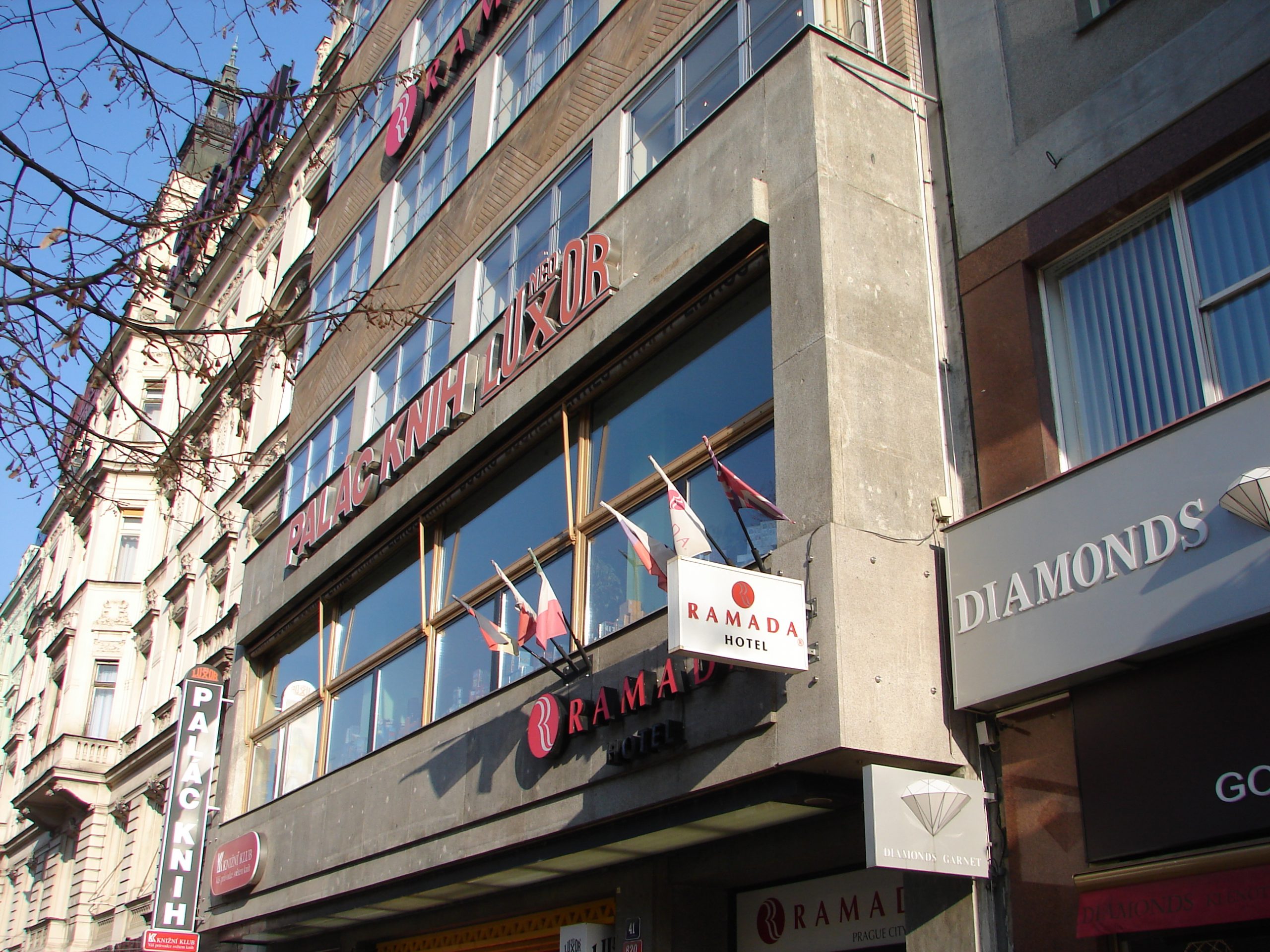
MEOPTA PRAGUE-KOŠÍŘE
- Implementation: 2017 – 2018
- Client: YIT Stavo, s.r.o.
With regard to the size of the stadium, the work was divided into five stages of diagnostic surveys, the aim of which was to assess the structural and technical condition of the stands, to carry out their static assessment taking into account the results of the diagnostics and to determine their load-bearing capacity. The existing reinforced concrete stands date from different periods. The oldest one is the western stand with adjacent arches from 1932 – 1938, about 10 years later the northern and southern stands were built for the XI All-Sokol Meeting in 1948 and the youngest one is the eastern stand with adjacent arches and eight outdoor staircases built for the IV Czechoslovak Spartakia in 1975, which with adjacent arches is built of reinforced concrete prefabricates. In the six archives visited, the original project documentation was found only for the eastern grandstand (except for the documentation of the steel structures of the fighters’ gates), while for the other grandstands only fragments of documentation were found, usually not corresponding to the actual design of the grandstands. The diagnostic surveys included, in particular, measurements of the dimensions and shapes of the structures, determination of the compressive strength of the concrete, the tensile strength of the concrete surface layers, the degree of carbonation of the concrete and the content of water-soluble salts, reinforcement of the structural elements and assessment of the corrosion condition of the reinforcement, including corrosion risks to the reinforcement, mechanical properties of the reinforcement and structural steel, determination of the floor and auditorium compositions, visual inspections and a number of other activities. The results of the diagnostics formed the main basis for the structural analysis of the stands in SCIA and the determination of their load capacity. For each grandstand, proposals and recommendations for measures, rehabilitation and repairs were formulated, aimed at minimising irreversible degradation of the structures, as the future use of the stadium stands is still undecided.
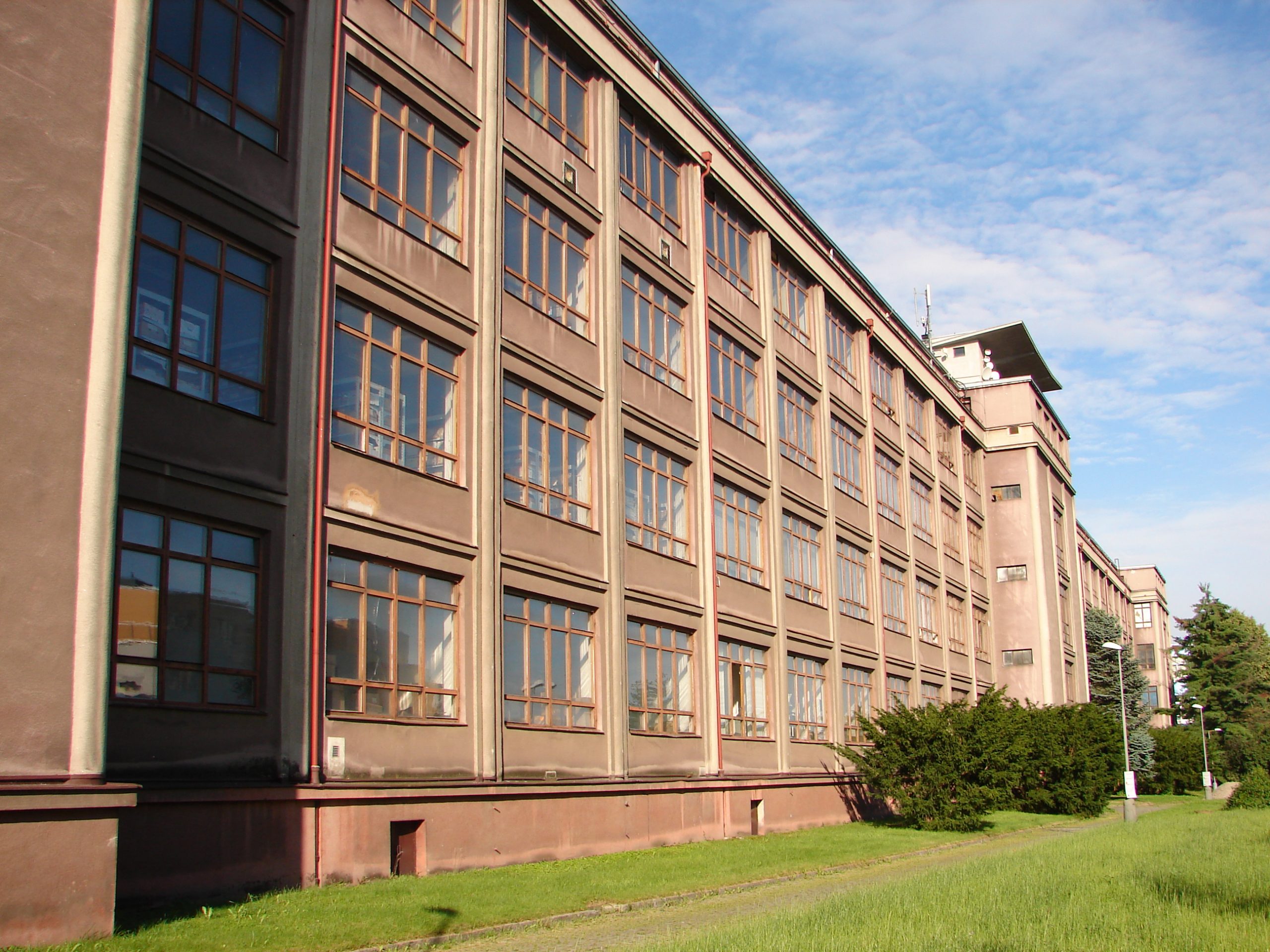
GRAND HOTEL EUROPA IN PRAGUE
- Implementation: 2017
- Client: Václavské 25, s.r.o.
As part of the planned reconstruction of the Art Nouveau building of the Hotel Europa (formerly the Hotel Šroubek), a structural and technical survey of the ceiling structures was carried out in order to determine their structural and material solutions, compositions, dimensions and arrangement of supporting elements. As part of the survey work, a diagnosis of the wooden truss and wooden elements of the ceiling structures was carried out, including suggestions and recommendations for the rehabilitation of the wood.
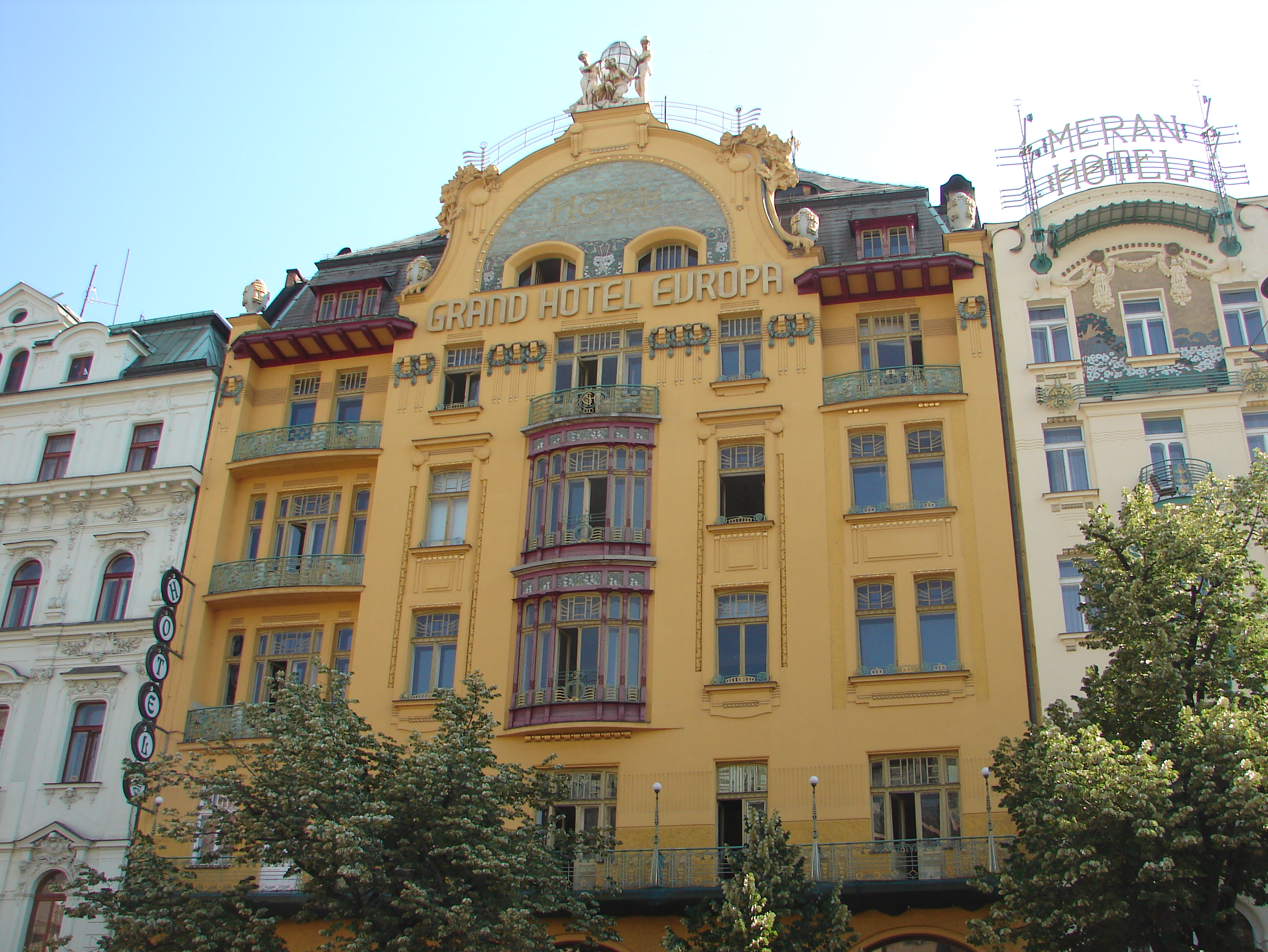
TESLA PRAGUE-HOLEŠOVICE
- Implementation: 2017
- Client: LEXINGTON, s.r.o.
The first structural and technical survey of the M3 building was carried out by the Klokner Institute of the CTU in 2006. At that time, the subject of the work were reinforced concrete structures of the above-ground floors, especially prestressed girders and ceiling panels, reinforced concrete monolithic ceiling slabs and columns, including the determination of mechanical properties of concrete. The subject of two further structural engineering surveys carried out in 2017 were the foundation structures, i.e. the determination of the structural design and shape of the foundations, including the depth of the foundation. Furthermore, the envelope of the panels was examined, in particular the method of its anchoring to the supporting structure and the mutual contact of the envelope or attic panels. Last but not least, the composition of the floors and the roof cladding were investigated. The results of the survey work were used as a basis for the design of the reconstruction of the building.
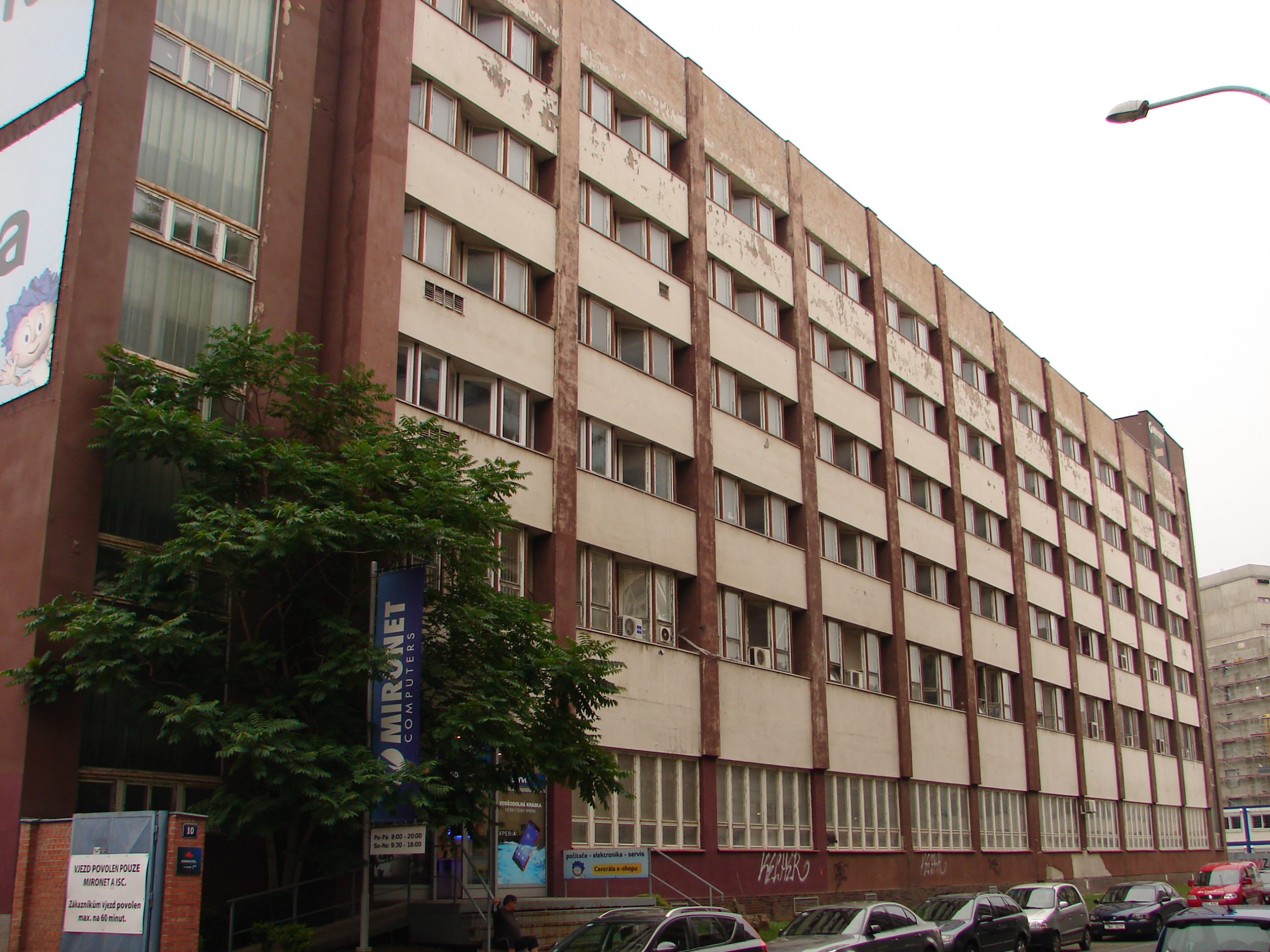
PREMISES OF TRANSPORT ENTERPRISES OF THE CAPITAL CITY IN PRAGUE HLOUBĚTÍN
- Implementation: 2017
- Client: METROPROJEKT Praha, a.s.
The structural and technical survey of the buildings on the premises of the Transport Company of the Capital City of Prague, which are intended for demolition, focused on the identification of hazardous materials in building structures and their components. Taking into account the nature of the buildings, the purpose of their use and the classification of hazardous materials, especially according to the Act 185/2001 and 229/2014 Coll. and Decree 93/2016 Coll., Decree 94/2016 Coll., Decree 383/2001 Coll. and Decree 294/2005 Coll. of the Ministry of the Environment, the exploration work was mainly focused on finding materials containing asbestos and tar, as well as materials contaminated with oil products or mercury.
